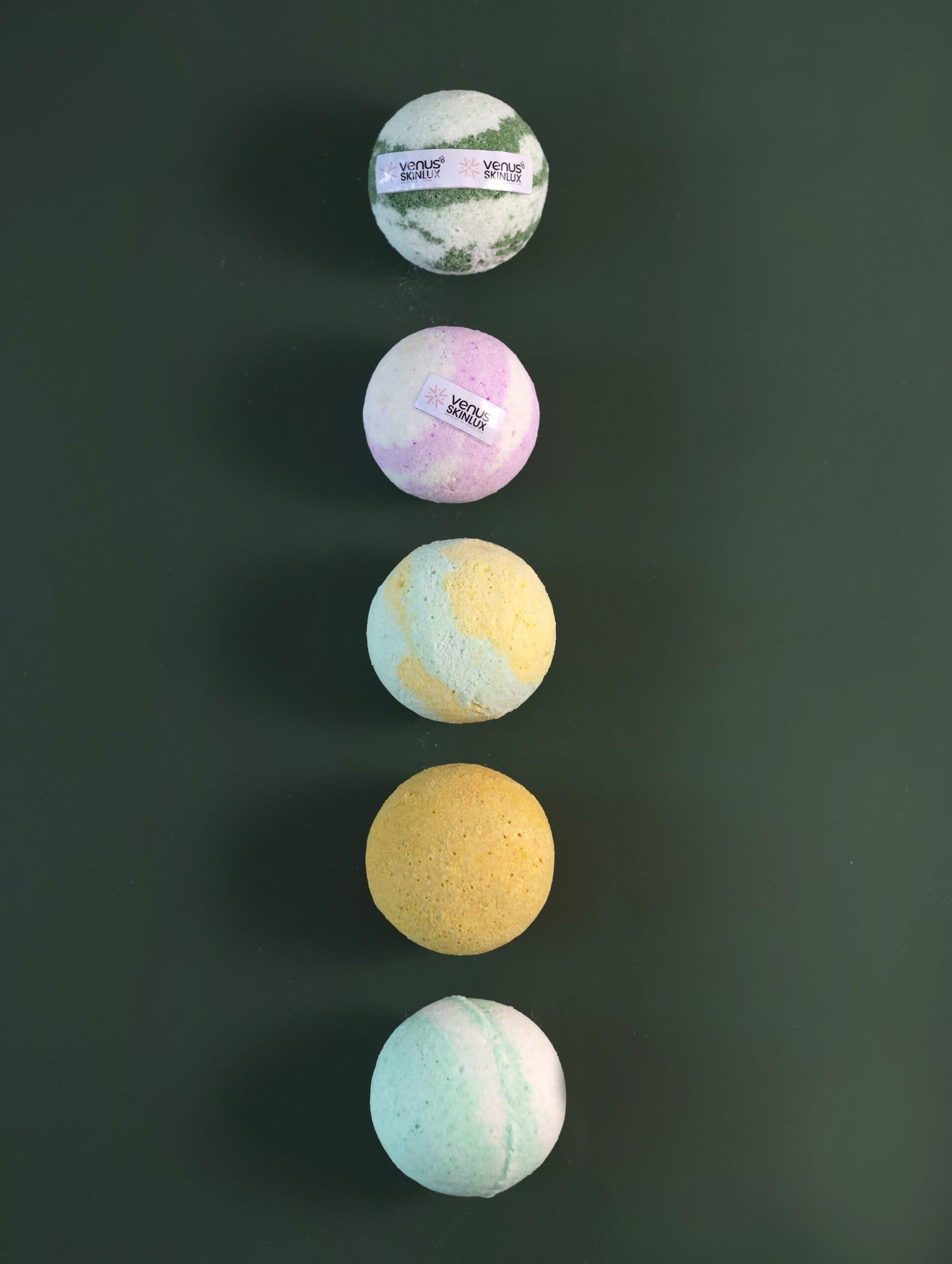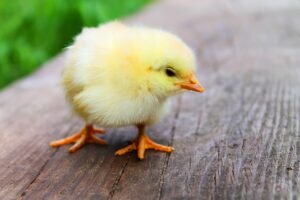
Imagine a happy group of chickens, contentedly rolling around in the dirt, fluffing their feathers, and letting out little clucks of satisfaction. What could make them so blissfully content? The answer lies in a simple yet essential concoction known as the homemade chicken dust bath mix. So, if you’re a poultry enthusiast looking to provide the utmost care and comfort for your feathered friends, keep reading to discover the secret recipe behind their delight.

Ingredients
To create a homemade chicken dust bath mix, you will need the following ingredients:
Soil or sand
First, you will need soil or sand as the base of your dust bath mix. The soil should be loose and free of any chemicals or pesticides. You can use natural soil from your garden or purchase organic soil from a gardening store. Sand can also be used, but make sure it is fine and free of any debris.
Diatomaceous earth
Diatomaceous earth is a natural substance that is highly effective in controlling pests like mites and lice. It works by dehydrating the insects and is safe to use around chickens. Make sure to choose food-grade diatomaceous earth to ensure the safety of the chickens.
Wood ash
Wood ash is an optional ingredient that can help control external parasites and provide added benefits to the chickens’ feathers. It is important to use wood ash from untreated wood and avoid using ash from charcoal or wood with added chemicals.
Herbs and flowers (optional)
You can optionally include herbs and flowers in your dust bath mix to provide additional benefits to your chickens. Certain herbs like lavender, chamomile, and calendula have calming properties and can help relax the chickens. Flowers such as marigold and rose petals can promote skin health and add a pleasant fragrance to the dust bath mix.
Essential oils (optional)
Essential oils can be used sparingly to enhance the fragrance of the dust bath mix. However, it is important to exercise caution when using essential oils around chickens as they can be sensitive to strong scents. If using essential oils, choose those that are safe for chickens, such as lavender or chamomile.
Step 1: Preparing the Base
Before adding any additional ingredients, it is vital to prepare the base of your chicken dust bath mix.
Choosing the right soil or sand
Ensure that the soil or sand you choose is of good quality and free of any harmful substances. Organic soil or sand from a reputable source is your best option. Avoid using soil or sand that has been treated with pesticides or herbicides, as these can be harmful to the chickens.
Adding diatomaceous earth
To control pests and parasites, add a generous amount of food-grade diatomaceous earth to the soil or sand. Mix it thoroughly to ensure even distribution. The diatomaceous earth will help eliminate mites, lice, and other common chicken pests.
Mixing in wood ash
Wood ash can be mixed into the dust bath mix to further combat external parasites and provide beneficial minerals to the chickens. Add a small amount of wood ash and mix it well with the soil, sand, and diatomaceous earth. Be careful not to add too much wood ash, as it may increase the alkalinity of the mixture.

Step 2: Optional Additions
While not necessary, the inclusion of herbs, flowers, and essential oils can enhance the overall experience for your chickens.
Including herbs and flowers
If you choose to add herbs and flowers to your dust bath mix, make sure they are safe for chickens. Lavender, chamomile, and calendula are popular choices due to their calming properties. Simply sprinkle the dried herbs and flowers into the mix and blend them well.
Using essential oils
Essential oils should be used sparingly and with caution around chickens. If you decide to incorporate essential oils into your dust bath mix, choose those that are safe for chickens and dilute them appropriately. A few drops of lavender or chamomile essential oil can provide a pleasant fragrance without overwhelming the chickens.
Step 3: Blending the Mixture
To ensure a consistent and well-blended dust bath mix, follow these steps:
Thoroughly mixing all the ingredients
Use a shovel or gardening fork to mix all the ingredients together, ensuring they are well-distributed throughout the mixture. This will help to ensure that each chicken gets the full benefits of the dust bath mix.
Breaking up any clumps
If you notice any clumps forming in the mixture, break them up with your hands or a garden tool. It’s important to have a smooth and evenly blended dust bath mix to provide optimal results for your chickens.

Step 4: Storing the Dust Bath Mix
Once you have created your homemade chicken dust bath mix, it’s important to store it properly to maintain its quality and efficacy.
Choosing a suitable container
Select a container with a lid that is large enough to hold your dust bath mix. A plastic storage bin or a lidded bucket are both good options. Make sure the container is clean and dry before adding the mixture.
Keeping it in a dry and cool place
Store the dust bath mix in a dry and cool place to prevent moisture buildup and preserve the integrity of the ingredients. A shed or a dry corner of the coop are ideal storage locations. Avoid exposing the mixture to direct sunlight, as this can affect its potency.
How to Use the Homemade Chicken Dust Bath Mix
Now that you have created your homemade chicken dust bath mix, it’s time to put it to use!
Creating a designated dust bath area
Choose an area in your chicken coop or run to designate as the dust bath area. This can be a section of soil or sand that is easily accessible to the chickens. Ensure that the area is shaded and protected from rain to prevent the dust bath mix from becoming muddy.
Providing access and availability
Allow the chickens to have free access to the dust bath area at all times. Chickens instinctively know when they need to take a dust bath, so they will use it as needed. Make sure the dust bath area is large enough for multiple chickens to use simultaneously.
Monitoring and replenishing
Regularly monitor the dust bath area and observe your chickens’ behavior. If the dust bath mix becomes heavily soiled or wet, replace it with a fresh batch. Keep an eye out for any signs of pests or excessive dust mite activity, and take appropriate action if necessary.
Benefits of a Homemade Chicken Dust Bath Mix
Using a homemade chicken dust bath mix provides several benefits to your chickens and promotes their overall well-being. Some of the key advantages include:
Promotes cleanliness and hygiene
A dust bath is a natural behavior for chickens, and providing them with a dust bath mix helps keep them clean and maintain good hygiene. The dust bath mix helps remove excess oils, dirt, and parasites from the chickens’ feathers, keeping them in optimal condition.
Prevents mites, lice, and other pests
The inclusion of diatomaceous earth and wood ash in the dust bath mix helps control external parasites like mites and lice. These substances work by dehydrating and killing the pests, keeping them at bay and preventing infestations.
Soothes and relaxes the chickens
The addition of herbs, flowers, and essential oils can have a calming effect on chickens. Lavender and chamomile are known for their relaxing properties, and their aroma can help reduce stress and anxiety in the flock. A soothing dust bath experience can contribute to the overall well-being of the chickens.
Supports natural feather maintenance
Chickens use dust baths not only to clean themselves but also to maintain the health of their feathers. A dust bath mix provides the necessary materials for chickens to preen and condition their feathers, ensuring they remain strong, flexible, and free from damage.
Nurtures overall well-being
By providing chickens with a dust bath mix, you are encouraging natural behaviors and allowing them to engage in an activity that brings them joy and satisfaction. A well-cared-for and content flock leads to healthier, happier chickens that are more likely to thrive.
Considerations and Safety Precautions
While homemade chicken dust bath mixes are generally safe, it is important to follow these considerations and safety precautions:
Avoiding toxic or harmful substances
Ensure that the ingredients used in your dust bath mix are safe for chickens. Avoid adding any toxic or harmful substances that could potentially harm or cause discomfort to your feathered friends.
Using only food-grade ingredients
To maintain the health and safety of your chickens, choose food-grade ingredients for your dust bath mix. This ensures that the ingredients are free from any contaminants or harmful additives that could be harmful to your flock.
Being cautious with essential oils
Although essential oils can add a pleasant fragrance to the dust bath mix, they should be used sparingly and with caution around chickens. Some essential oils can irritate or overwhelm chickens’ sensitive respiratory systems, so it is best to use them in small quantities and monitor your chickens’ reaction.
Consulting a veterinarian if necessary
If you have concerns about the health or well-being of your chickens, it is always a good idea to consult a veterinarian. They can provide guidance and advice specific to your flock’s needs and help address any issues that may arise.
Frequently Asked Questions (FAQs)
Here are some commonly asked questions about homemade chicken dust bath mixes:
How often should I provide the dust bath?
You should provide the dust bath area and access to the dust bath mix at all times. Chickens will naturally use the dust bath as needed to maintain their cleanliness and hygiene.
Can I use any type of soil or sand?
It is best to use loose soil or fine sand for your dust bath mix. Avoid using soil or sand that contains chemicals, pesticides, or contaminants that may be harmful to your chickens.
What herbs and flowers are safe for chickens?
Several herbs and flowers are safe for chickens and can be added to the dust bath mix. Lavender, chamomile, calendula, marigold, and rose petals are popular choices. However, it is important to research and ensure that the specific herb or flower you choose is safe for chickens.
Are essential oils necessary?
Essential oils are not necessary for a homemade chicken dust bath mix, but they can be used sparingly to enhance the fragrance. If using essential oils, choose those that are safe for chickens and use them in small quantities.
Can I use the dust bath mix for other animals?
The dust bath mix is specifically formulated for chickens and may not be suitable for other animals. It is best to consult with a veterinarian or research specific dust bath requirements for other animals.
Conclusion
A homemade chicken dust bath mix provides numerous benefits to your flock. By following the steps outlined above and considering the safety precautions, you can create a dust bath mix that promotes cleanliness, prevents pests, and supports the overall well-being of your chickens. Providing your chickens with a designated dust bath area and monitoring their behavior will ensure they have access to a natural and enjoyable activity. With a homemade chicken dust bath mix, your chickens will be healthier, happier, and able to thrive in their environment.







